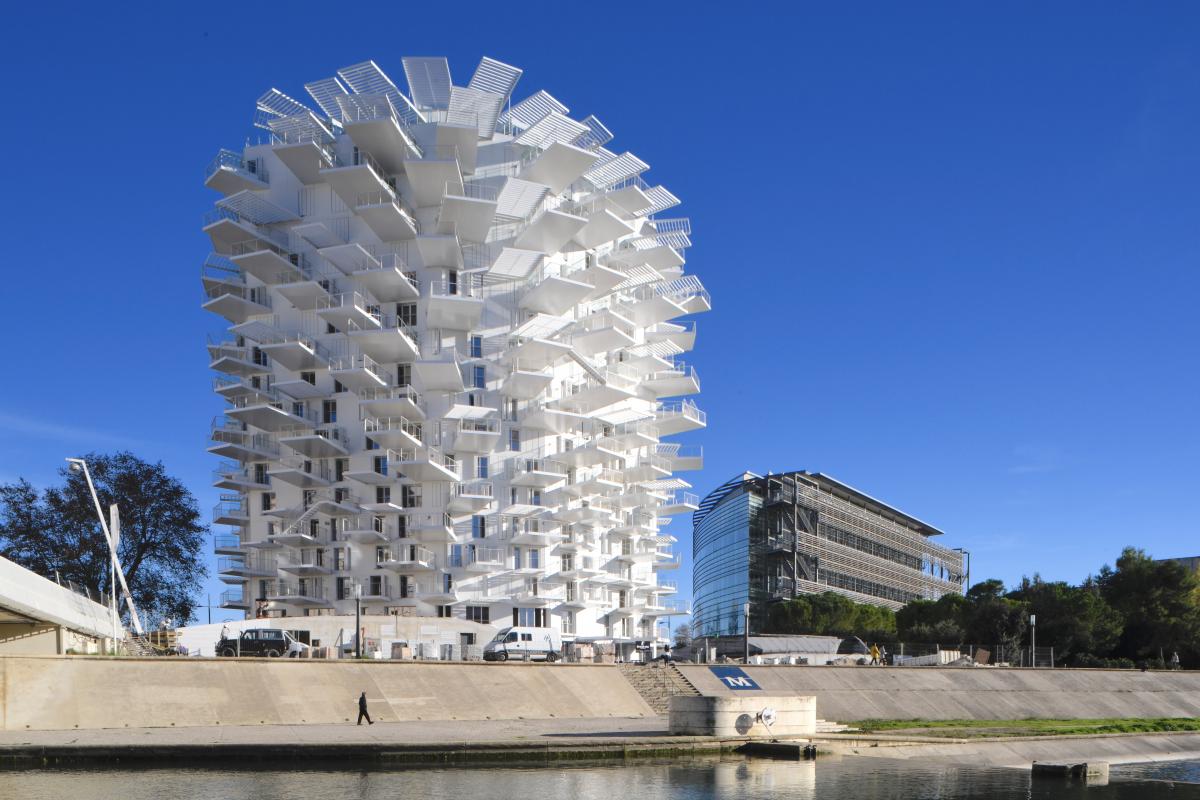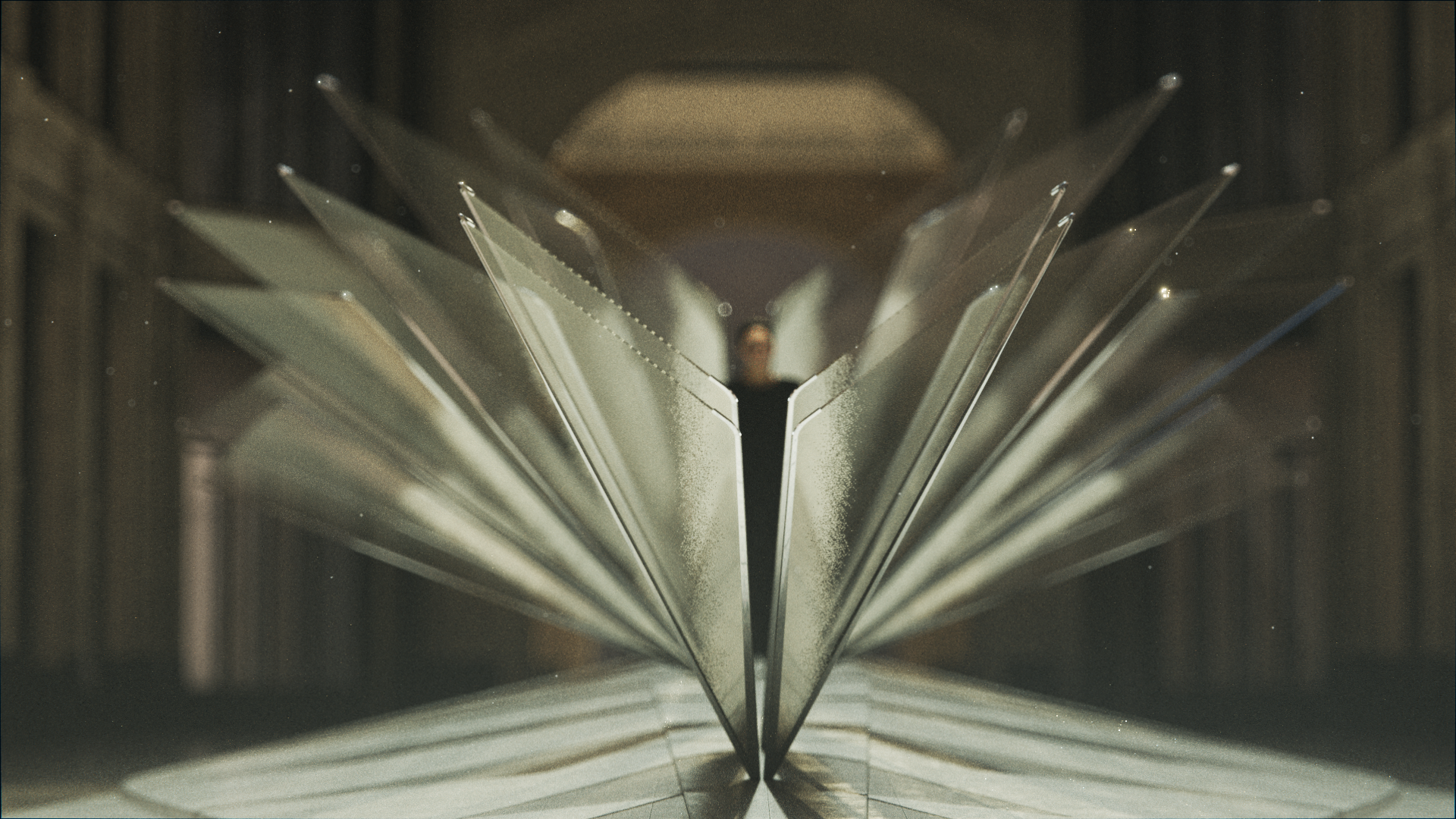Sou Fujimoto judges Wallpaper* Design Awards 2022
We chat with Wallpaper* Design Awards 2022 judge Sou Fujimoto about his work in Japan and abroad, and our shortlisted designs and winners

With several large projects underway, both in his native Japan and abroad, Sou Fujimoto has been busy; which made his input all the more valuable for this year’s Judges’ Awards, the highest honours of the Wallpaper* Design Awards.
His wide-ranging experience and thinking is reflected in the breadth and depth of his architectural work. His recently completed House of Hungarian Music, in Budapest, will not only provide a long overdue place to learn and enjoy everything about the country’s musical scene and traditions, but will also serve as a hub for the local community to meet and enjoy music among the lush greenery of the surrounding park. In Japan, his design for a new university in Hida-Takayama (to be completed in 2024) is already drawing both local and international acclaim, and will help to propel this small, rural part of the mountainous Gifu Prefecture on to the world stage. He is also designing a learning centre for the University of St Gallen in Switzerland and has been appointed as the master planner of the 2025 Osaka Expo.

Having received his own fair share of accolades since he started the Japanese architecture studio Sou Fujimoto Architects in 2000 (including several Wallpaper* Design Awards), Fujimoto believes these recognitions are vital to an architect’s career: ‘Receiving an award motivates me and makes me want to work even harder. Awards usually mean that someone appreciates your work.’
Softly spoken and often smiling, Fujimoto is modest about his own role as a professional in the architecture field. ‘As an architect, you need to collaborate not just with many stakeholders but also with existing surroundings. You need to understand the context, the cultural background and the history of the place. So we need to be very modest and listen to all these different voices,’ he explains.

House of Music, Hungary.
In his eyes, the main job of an architect is to take a rather complex situation and create a clear strategy forward. Basic research is always crucial in any project, but even more so is the inspiration he gets for conversations with key stakeholders on all the projects he is involved in.
So what was he looking for as one of our judges? ‘I look at how the architecture is reacting to its context and how it brings value and makes the surroundings better. I also like to see something inventive, something new. Of course we should keep aesthetics in mind, too. Not just beautiful in the traditional sense of the word, but I like it when something might help to define a new kind of beauty or bring joy to people using the building or product.’

Sou Fujimoto, Nicolas Laisné, Dimitri Roussel and OXO architectes collaborate on L’Arbre Blanc, a bright, white, sculptural residential scheme in Montpellier, France.
From this year’s nominees, he picked out the ‘Forite’ tiles, by Studio Plastique, Snøhetta and Fornace Brioni, as an example of something he considers to be good design. ‘Reinterpreting something as basic as a material is very important I think. And these tiles are very beautiful too,’ he says. The tiles, which are made from recycled glass from ovens and microwaves, come in two different sizes, and each features a unique pattern resulting from its individual recycling process. Fujimoto himself does not have a lot of experience with developing new materials yet, but it is an area he hopes to explore in the near future. The environmental impact of architecture is also an aspect of the profession he hopes to be able to push forward in Japan in the coming years.

Fujimoto picked the ‘Forite’ tiles, by Studio Plastique, Snøhetta and Fornace Brioni in the Best Domestic Design category in the Wallpaper* Design Awards 2022.
While he believes in calculating the environmental impact of architecture, he is perhaps more interested in creating spaces and environments that invite people to interact and experience nature and, as such, become more aware of their surroundings. He explains: ‘For me, changing mindsets through environmental or architectural design is something I consider very important.’
Wallpaper* Newsletter
Receive our daily digest of inspiration, escapism and design stories from around the world direct to your inbox.
As for his dream project? ‘I am increasingly interested in how to integrate communities by thinking about architecture, the urban landscape and transportation as a whole. Not on a huge urban planning scale, but more on a small village or neighbourhood level.’ If anyone is looking for someone to design a small village, Fujimoto is sure to be able to deliver a reinvented version of a small community. Maybe a contestant for next year's awards?

Fujimoto's Shiroiya Hotel, 2020.

Hida Takayama University by Sou Fujimoto Architects

House N, Tokyo.

OPEN GRID choices of tomorrow.

Shenzhen Reform and Opening-up Exhibition Hall by Sou Fujimoto Architects and Donghua Chen Studio

The 2013 Serpentine Pavilion in London.
INFORMATION
sou-fujimoto.net
The Wallpaper* Design Awards 2022 are revealed in full in the Feburary issue, on newsstands. Subscribe today!
Originally from Denmark, Jens H. Jensen has been calling Japan his home for almost two decades. Since 2014 he has worked with Wallpaper* as the Japan Editor. His main interests are architecture, crafts and design. Besides writing and editing, he consults numerous business in Japan and beyond and designs and build retail, residential and moving (read: vans) interiors.
-
 Bentley’s new home collections bring the ‘potency’ of its cars to Milan Design Week
Bentley’s new home collections bring the ‘potency’ of its cars to Milan Design WeekNew furniture, accessories and picnic pieces from Bentley Home take cues from the bold lines and smooth curves of Bentley Motors
By Anna Solomon Published
-
 Asus chose Milan Design Week as the springboard for its new high-end Zenbooks
Asus chose Milan Design Week as the springboard for its new high-end ZenbooksMilan Design Week 2025 saw Asus collaborate with Studio INI to shape an installation honouring the slimline new Zenbook Ceraluminum Signature Edition laptop series
By Craig McLean Published
-
 StoneX partners with Wallpaper* for material alchemy at Milan Design Week and beyond
StoneX partners with Wallpaper* for material alchemy at Milan Design Week and beyondThe natural stone purveyor teams up with Wallpaper* for a three-year partnership of material adventures, starting with an exhibition at Triennalo di Milano
By Simon Mills Published
-
 Tour the brutalist Ginza Sony Park, Tokyo's newest urban hub
Tour the brutalist Ginza Sony Park, Tokyo's newest urban hubGinza Sony Park opens in all its brutalist glory, the tech giant’s new building that is designed to embrace the public, offering exhibitions and freely accessible space
By Jens H Jensen Published
-
 A first look at Expo 2025 Osaka's experimental architecture
A first look at Expo 2025 Osaka's experimental architectureExpo 2025 Osaka prepares to throw open its doors in April; we preview the world festival, its developments and highlights
By Danielle Demetriou Published
-
 Ten contemporary homes that are pushing the boundaries of architecture
Ten contemporary homes that are pushing the boundaries of architectureA new book detailing 59 visually intriguing and technologically impressive contemporary houses shines a light on how architecture is evolving
By Anna Solomon Published
-
 And the RIBA Royal Gold Medal 2025 goes to... SANAA!
And the RIBA Royal Gold Medal 2025 goes to... SANAA!The RIBA Royal Gold Medal 2025 winner is announced – Japanese studio SANAA scoops the prestigious architecture industry accolade
By Ellie Stathaki Published
-
 Architect Sou Fujimoto explains how the ‘idea of the forest’ is central to everything
Architect Sou Fujimoto explains how the ‘idea of the forest’ is central to everythingSou Fujimoto has been masterminding the upcoming Expo 2025 Osaka for the past five years, as the site’s design producer. To mark the 2025 Wallpaper* Design Awards, the Japanese architect talks to us about 2024, the year ahead, and materiality, nature, diversity and technological advances
By Sou Fujimoto Published
-
 Lesley Lokko reviews 2024's wins, shifts, tensions and opportunities for 2025
Lesley Lokko reviews 2024's wins, shifts, tensions and opportunities for 2025Lesley Lokko, the British-Ghanaian architect, educator, curator, and founder and director of the African Futures Institute (AFI), has been an inspirational presence in architecture in 2024; which makes her perfectly placed to discuss the year, marking the 2025 Wallpaper* Design Awards
By Lesley Lokko Published
-
 Tour Marche Arboretum, a new 'museum' of plants in Belgium
Tour Marche Arboretum, a new 'museum' of plants in BelgiumMarche Arboretum is a joyful new green space in Belgium, dedicated to nature and science – and a Wallpaper* Design Award 2025 winner
By Ellie Stathaki Published
-
 Rotterdam’s urban rethink makes it the city of 2025
Rotterdam’s urban rethink makes it the city of 2025We travel to Rotterdam, honoured in the Wallpaper* Design Awards 2025, and look at the urban action the Dutch city is taking to future-proof its environment for people and nature
By Ellie Stathaki Published